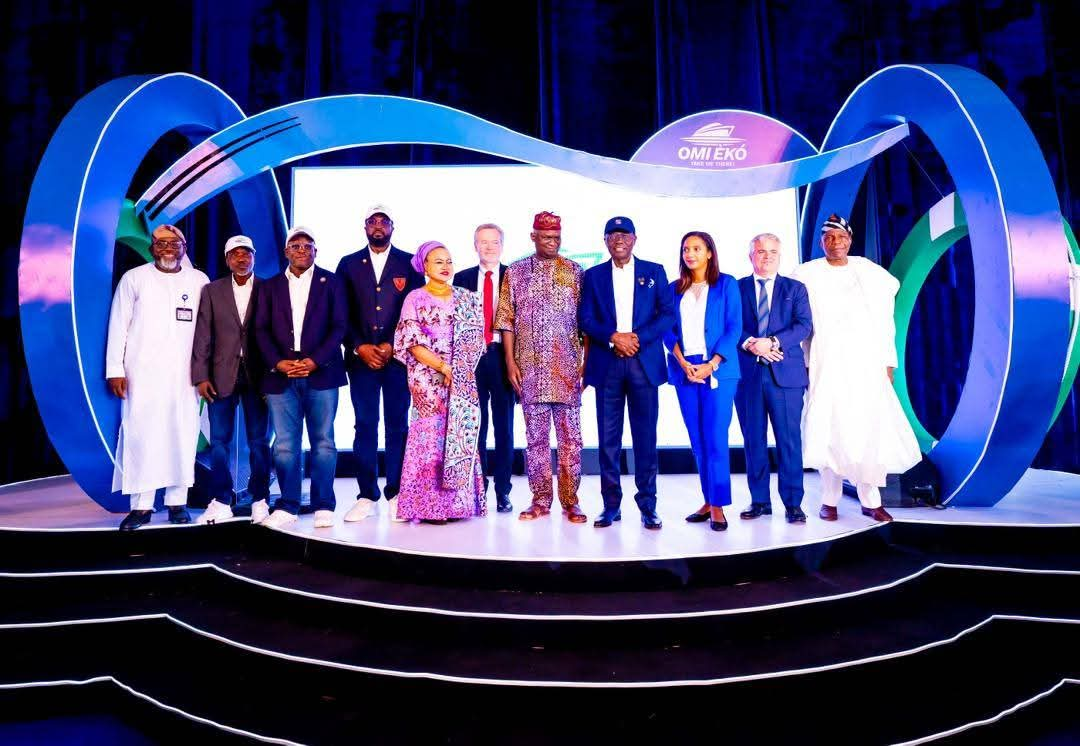Lagos State is taking an audacious leap forward with the launch of the Omi Eko project, an ambitious €410 million ($478 million) initiative to scale inland waterways transportation and reduce heavy reliance on road transportation.
The “Omi Eko” project is a high-stakes bid to transform the city’s underutilised inland waterways into a mainstream transit network. Backed heavily by European development banks, the plan aims to move 25 million passengers annually by 2030, tackling the dual threats of economic paralysis from gridlock and the existential risk of rising sea levels. The project is implemented by the Lagos State Waterways Authority (LASWA)
The financing structure underscores the project’s scale, piecing together a €60 million grant from the European Union with subsidised loans of €130 million from the French Development Agency (AFD) and €170 million from the European Investment Bank (EIB).
“The EIB is extremely pleased to support such an impactful project for the 23 million citizens of Lagos, by reinforcing mobility and connectivity while at the same time reducing the city’s air and water pollution,” said Mr Rodger Stuart, EIB regional director.
The plan isn’t just about convenience. For a low-lying coastal megacity facing predictions of a one-meter sea-level rise by mid-century, developing a resilient ferry system is being framed as a critical adaptation strategy. Officials believe a functioning water infrastructure could prove vital in an 80cm sea-level rise scenario, a severe case study projected for 2100.
“Lagos was born on water. Today, I must honour the pioneers of this journey,” Oluwadamilola Emmanuel, General Manager of the LASWA said at the launch ceremony which held at their head office, Five Cowries Terminal on Friday. “They laid the foundation upon which we build. Their vision gave us a launchpad.”
The project’s core objective is to replace outdated, polluting ferries with a modern fleet of over 75 electric-powered boats, monitored by an intelligence tracking system. The goal is to slash annual carbon emissions by 41,000 tons and reduce water travel times across key routes to under an hour.
Execution, however, remains a formidable challenge. The initial phase, starting 2024 and running to 2030, involves dredging and marking 140km of channels across 15 priority routes—a massive undertaking in waterways often clogged with abandoned shipwrecks and the invasive water hyacinth plant. Building the necessary depots and land-based connections to ferry terminals presents another layer of logistical complexity.
Success will depend on Lagos State’s ability to navigate these operational hurdles and deliver a service reliable enough to persuade commuters to abandon road transport for the water.
Get passive updates on African tech & startups
View and choose the stories to interact with on our WhatsApp Channel
Explore




